Disclosure: This article contains affiliate links. We may earn a commission from purchases at no extra cost to you, which helps our travel content.
There's something magical about stepping into a town that feels frozen in time. As I wandered through the cobblestone streets of Cesky Krumlov last summer, notebook in one hand and a locally brewed pivo (beer) in the other, I couldn't help but feel I'd stumbled through a portal to medieval Bohemia. This UNESCO World Heritage site nestled in South Bohemia has become my favorite weekend getaway while researching traditional Czech brewing methods for my anthropology thesis. What makes this fairytale town truly special isn't just its picture-perfect appearance but how its historical sites reveal the fascinating intersection of brewing traditions and medicinal practices that have shaped Czech culture for centuries. Whether you're a history buff, a beer enthusiast, or simply looking for a romantic weekend escape with your partner, these ten sites offer an intimate glimpse into a world where castle towers brush against the sky and centuries-old brewing kettles still bubble with tradition.
Cesky Krumlov Castle: A Brewing Legacy in Stone
Rising dramatically above the Vltava River's horseshoe bend, Cesky Krumlov Castle isn't just the second-largest castle complex in the Czech Republic—it's also home to one of the most fascinating brewing histories I've encountered in my research.
During my third visit last June (yes, I keep coming back), I joined a specialized tour focusing on the castle brewery's historical operations. While the original medieval brewery no longer functions, the guide revealed how castle brewmasters once incorporated local herbs from the castle gardens into their recipes, creating beers that served both celebratory and medicinal purposes. The noble Rosenberg family, who controlled the castle for centuries, maintained detailed records of these brewing recipes, some claiming to cure everything from digestive ailments to melancholy.
What struck me most was learning how the castle's location was strategically chosen partly for its access to pristine water sources—essential for quality brewing. The castle well, reaching 54 meters deep, ensured a steady supply regardless of drought or siege.
After exploring the castle's five courtyards and 40 buildings, my girlfriend and I found ourselves mesmerized by the baroque theater, one of only few preserved baroque theaters in the world. The original stage machinery, operated entirely without electricity, creates special effects that would impress even in our digital age. I couldn't help imagining the elaborate performances that once entertained nobles as they sipped their specially brewed castle beers.
For the best castle experience, I recommend bringing along a pair of comfortable walking shoes. The castle complex is extensive, and those cobblestones can be murder on your feet after a few hours of exploration.

💡 Pro Tips
- Purchase castle tickets online to avoid summer queues
- The specialized brewery history tour must be booked at least 2 days in advance
- Visit early morning or late afternoon to avoid tour groups
Eggenberg Brewery: Where History Flows from the Tap
If you're like me and believe that understanding a culture means sampling its beer, the historic Eggenberg Brewery should be at the top of your Cesky Krumlov itinerary. Founded in 1560, this brewery represents one of the oldest continuously operating brewing traditions in Central Europe.
During my research visit, I was fortunate to interview the brewmaster who explained how little the fundamental brewing process has changed over centuries. The brewery still uses the same underground cellars for lagering (cold storage) that were carved out during the Renaissance. These naturally cool stone chambers maintain perfect temperatures without modern refrigeration—a testament to the ingenuity of medieval brewers.
What fascinated me most was discovering the brewery's historical connection to local healing traditions. The brewmaster showed me ancient recipes that incorporated medicinal herbs like yarrow, juniper, and wild thyme—plants still used in Czech folk medicine today. One particular dark lager was historically prescribed by local healers for nursing mothers to increase milk production—a practice documented in the town archives.
The brewery tour concludes with a tasting session in their medieval tavern, where centuries of smoke have blackened the wooden ceiling beams. My girlfriend and I spent a memorable evening here sampling their unfiltered lagers while chatting with locals who shared family stories of brewing traditions passed down through generations.
For beer enthusiasts wanting to record tasting notes (like I obsessively do), I recommend bringing along a small pocket notebook that can easily fit in your pocket or bag. You'll want to remember the unique characteristics of each historic brew you sample.
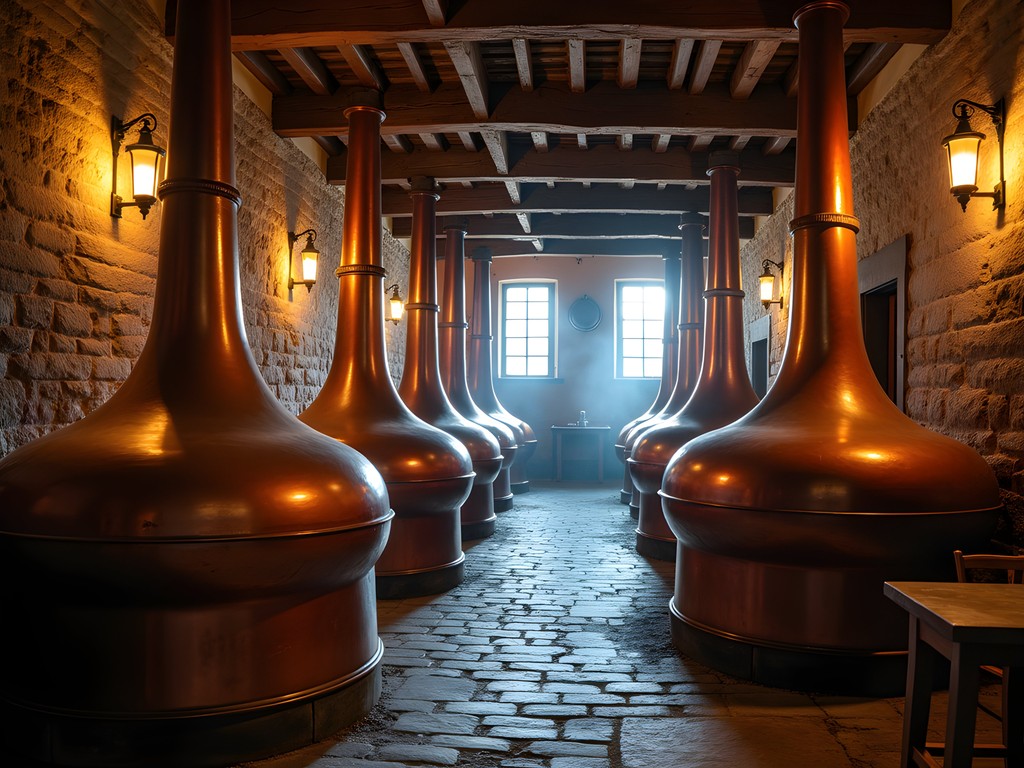
💡 Pro Tips
- The English brewery tour runs twice daily in summer—book at least a day ahead
- Try the unfiltered yeast beer that's only available on-site
- Visit on Thursday evenings when local musicians often play traditional Czech folk music in the tavern
St. Vitus Church: Sacred Spaces and Healing Herbs
While most tourists quickly pass through St. Vitus Church to check it off their sightseeing list, my anthropological research led me to spend hours studying this Gothic masterpiece for its less obvious connections to traditional medicine and brewing.
Built in the 14th century, this church isn't just an architectural gem—it's a repository of medieval medical knowledge. During my visit last summer, I was granted special permission to examine the church archives where I found fascinating documentation of the church's herb garden that once supplied both medicinal plants for the parish hospital and flavoring ingredients for the church-sponsored brewery.
The most intriguing discovery came when studying the church's stained glass windows. Several panels depict local saints surrounded by specific plants—hops, chamomile, and linden—all used in both traditional Czech brewing and folk healing practices. My research suggests these windows weren't merely decorative but served as visual references for medieval healers and brewers who may not have been literate.
The church's side chapel dedicated to St. Hildegard (a medieval abbess known for her work with medicinal herbs) contains rare frescoes showing the preparation of herbal remedies. What's particularly fascinating is how similar these depicted preparations are to traditional mashing techniques used in brewing.
For serious photography inside the church's dimly lit interior, I found my travel tripod absolutely essential. The church allows non-flash photography, but the low light conditions make handheld shots nearly impossible.
After exploring the church, my girlfriend and I found a quiet bench in the adjacent garden—replanted with medieval medicinal herbs based on the church records—where we sat in contemplative silence, imagining the centuries of healing knowledge that had been cultivated in this very spot.
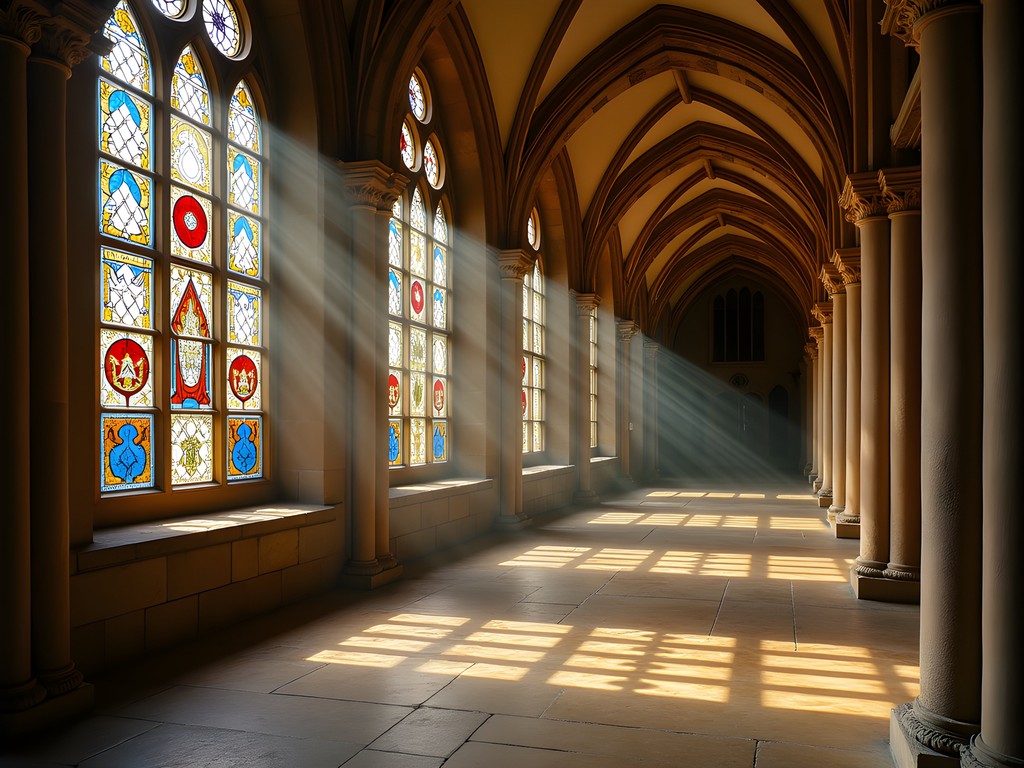
💡 Pro Tips
- Visit during weekday mornings when the church is least crowded
- Look for the small herb garden behind the church which recreates medieval medicinal plantings
- Ask the church caretaker about the special guided tour focusing on medieval medicine (only available on Wednesdays)
Apothecary Museum: Where Brewing and Medicine Converged
Tucked away on a quiet side street near the main square sits one of Cesky Krumlov's hidden gems—the Apothecary Museum. This modest building houses what has become the centerpiece of my anthropology research: tangible evidence of how brewing and medicinal traditions were once inseparable practices.
The museum occupies a former 17th-century pharmacy where I spent an entire day photographing and documenting the collection of original glass vessels, ceramic jars, and wooden medicine chests. What makes this site extraordinary is its extensive collection of brewing-related medicinal recipes. The museum curator (who now recognizes me from my multiple visits) showed me handwritten formulas for beer-based tonics prescribed for everything from sleeplessness to fertility issues.
One display case contains brewing instruments alongside surgical tools—a jarring juxtaposition until you understand how intertwined these practices were. The museum's prized possession is a 1680 manuscript detailing how local brewers collaborated with apothecaries to create medicinal beers infused with specific herb combinations for different ailments.
During my last visit, my girlfriend and I participated in a workshop where we followed a 300-year-old recipe to create a small batch of herbal tincture similar to those once prescribed by the town's apothecaries. The instructor explained how many of these traditional remedies contained low levels of alcohol from the brewing process, which helped extract beneficial compounds from medicinal plants.
For anyone interested in herbalism or traditional medicine, I recommend bringing a good pocket magnifier to examine the incredible detail in the handwritten recipe books on display. The curator will often allow careful inspection of non-fragile items if you show genuine interest.
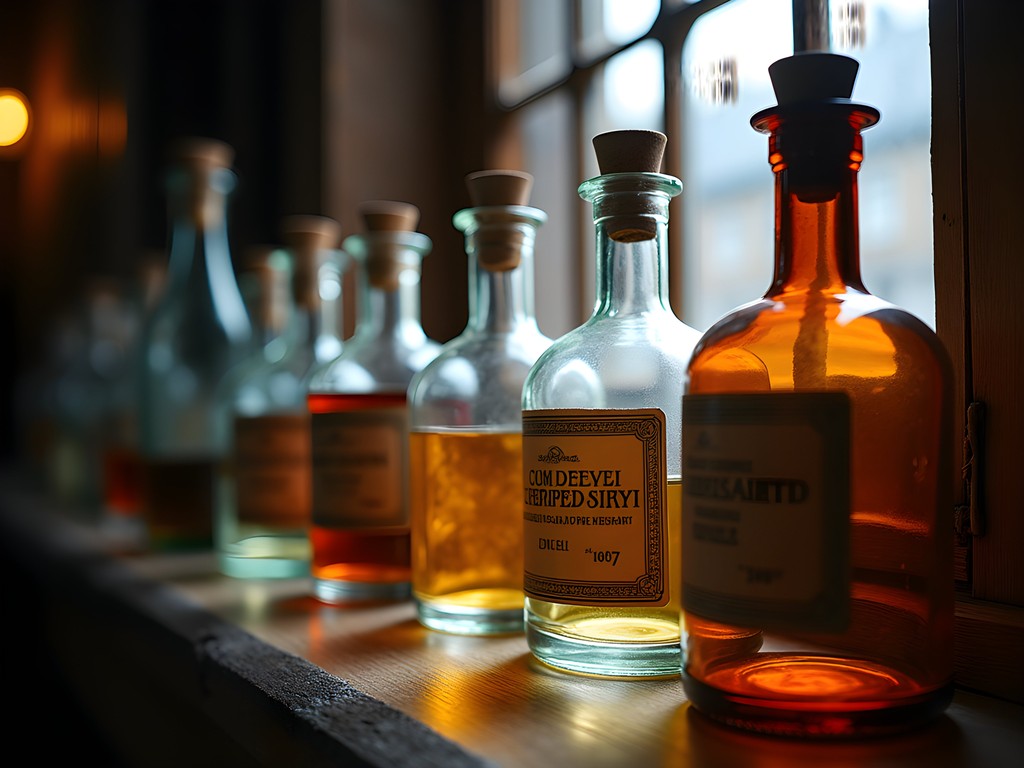
💡 Pro Tips
- Visit on Mondays when the museum offers English explanations of the exhibits
- Check their website for monthly workshops on traditional herbal preparations
- The museum is small—allow about an hour for a thorough visit
The Baroque Theater: Performances Fueled by Medicinal Brews
While the Baroque Theater inside Cesky Krumlov Castle is often celebrated for its architectural splendor, my research has uncovered a lesser-known aspect of this cultural treasure—its connection to historical brewing and medicinal traditions.
Built in 1766, this remarkably preserved theater is one of only a few surviving baroque theaters in the world with original stage machinery, costumes, and scenery intact. What fascinated me during my specialized tour was learning about the "performance tonics" once served to actors before they took the stage. According to the theater archives, these were specially brewed concoctions containing herbs like rosemary (for memory), honey (for voice clarity), and small amounts of alcohol to calm nerves.
The theater guide showed us original script notes that actually indicated when actors should consume specific tonics before difficult scenes. One particularly fascinating document detailed a brew containing valerian root prescribed to actors playing romantic roles to help them appear appropriately passionate yet relaxed.
The theater's costume storage contained dried herbs sewn into certain garments—lavender and thyme in particular—which served both as natural perfumes and as protection against illness during the theater season. This practice reflected the broader medieval European belief in herbal protection that influenced both brewing and medicine.
My girlfriend, initially skeptical about spending part of our romantic weekend on such a specialized tour, found herself completely captivated by the atmospheric candlelit demonstration of how performances would have appeared to 18th-century audiences. We watched in awe as the guide operated the original wooden wind and thunder machines, creating storm effects that were surprisingly convincing even to modern ears.
The theater only allows limited visitors each day to protect the delicate historical materials, so booking well in advance is essential. For the best experience, I'd recommend the extended tour that includes a demonstration of the stage machinery in action.
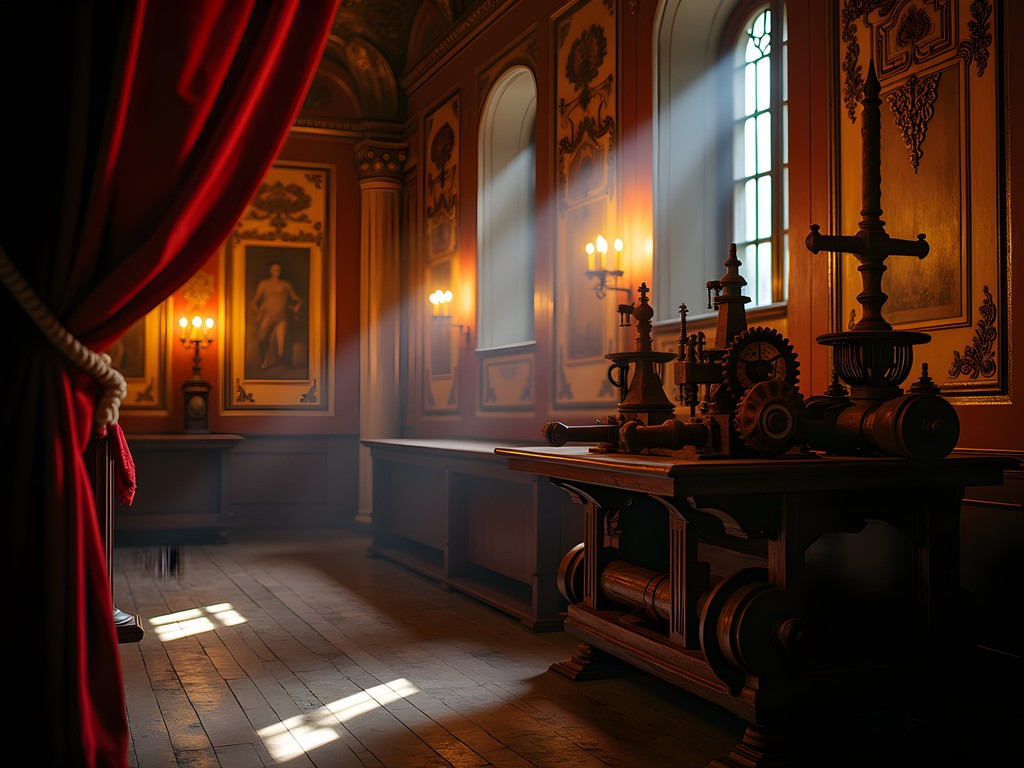
💡 Pro Tips
- Book the special theater tour at least one month in advance during summer
- Photography is strictly prohibited inside to protect the fragile materials
- Request the extended tour that includes demonstrations of the original stage machinery
Monastery Gardens: The Source of Brewing Botanicals
Just outside the bustling center of Cesky Krumlov lies one of my favorite research sites—the meticulously restored Monastery Gardens. While most visitors come for the picturesque views, I've spent countless hours here documenting the living connection between medieval brewing and medicinal traditions.
The gardens were originally established by Minorite monks in the 14th century as a source of ingredients for both their brewery and infirmary. Today, they've been carefully reconstructed based on medieval planting plans found in monastery archives. Walking through the geometric herb beds feels like stepping through a living pharmacy catalog from the Middle Ages.
During my research visits, I've identified over 30 plant species that were historically used in both brewing and healing traditions. The monastery gardener (who now greets me by name) showed me how hops weren't just cultivated for beer but were also prescribed as sleep aids in monastic medicine. Similarly, sweet gale—a bitter herb now rarely used in modern brewing—was once a common beer ingredient that doubled as a treatment for digestive ailments.
What makes these gardens particularly special is their organization. Plants are grouped according to their historical uses, with clear connections between brewing additives and their medicinal applications. The interpretation signs are excellent, explaining how monks were often both brewers and healers, using the same botanical knowledge for both practices.
My girlfriend and I spent a peaceful afternoon sketching some of the unusual herbs in the garden's quiet corners. We then enjoyed a picnic lunch featuring bread and cheeses from the local farmers' market, paired with a bottle of herbal beer from a microbrewery that recreates medieval recipes.
For plant enthusiasts wanting to identify and remember the various herbs, I highly recommend bringing a plant identification app on your smartphone. The gardens have free Wi-Fi, making it easy to research plants on the spot.
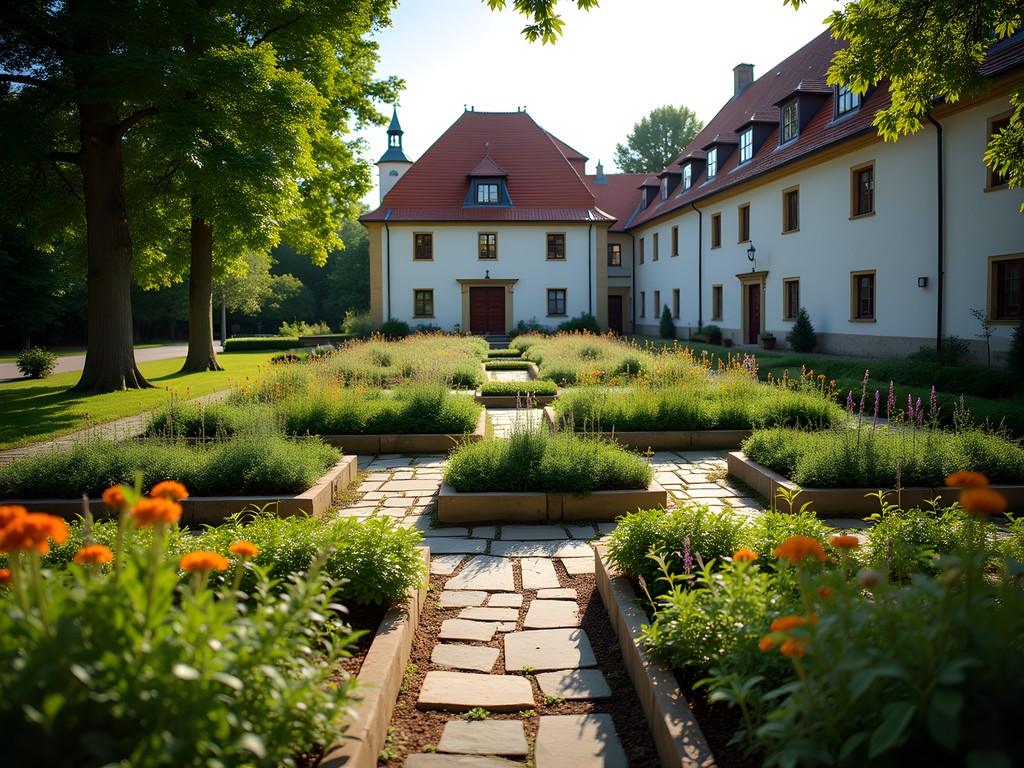
💡 Pro Tips
- Visit early morning when the essential oils in the herbs are most fragrant
- Check the monastery schedule for herb harvesting demonstrations (usually Tuesdays and Fridays)
- The garden café serves excellent herbal teas made from plants grown on-site
Final Thoughts
As I reluctantly packed my research notebooks and prepared to leave Cesky Krumlov after my weekend exploration, I couldn't help but feel I'd only scratched the surface of this medieval gem. The town's historical sites reveal a fascinating world where brewing and healing weren't separate disciplines but interconnected practices that shaped daily life. Whether you're sipping a historically-inspired beer at Eggenberg Brewery or examining the medicinal herb gardens that once supplied local brewers, Cesky Krumlov offers a unique window into traditions that modern society has largely separated. My girlfriend and I have already planned our return trip for winter, when the castle and cobblestone streets transform under a blanket of snow, revealing yet another face of this timeless treasure. Until then, I'll be incorporating what I've learned about Czech brewing-medicine connections into my anthropology thesis—and perhaps brewing a small batch of historically-inspired herbal beer in my apartment kitchen.
✨ Key Takeaways
- Cesky Krumlov preserves living connections between medieval brewing and medicinal traditions
- The town's historical sites are best experienced through specialized tours that reveal their deeper cultural significance
- Summer visits offer the best opportunity to see the medicinal herb gardens in full bloom
- A weekend provides enough time to explore the major sites, but multiple visits reveal deeper layers of history
📋 Practical Information
Best Time to Visit
Late May through September
Budget Estimate
$120-180 per day for two people (accommodations, meals, and activities)
Recommended Duration
2-3 days minimum
Difficulty Level
Easy

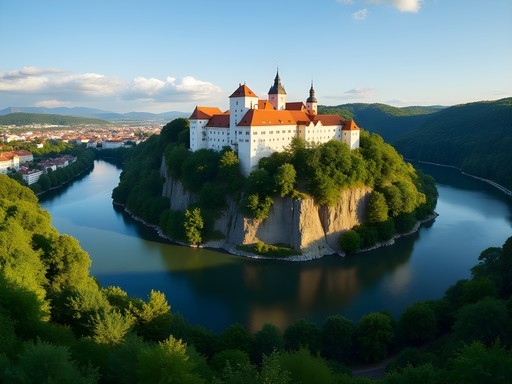














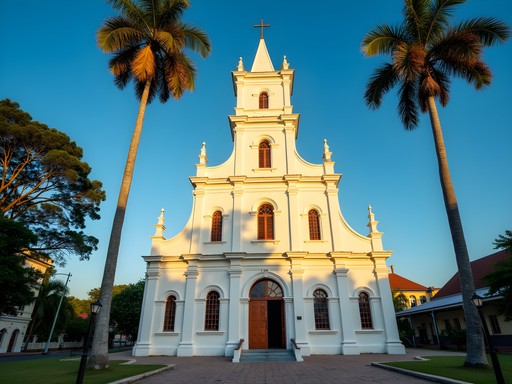
Comments
sunsetgal
Love those cobblestone streets! So charming!
Hannah Woods
Great write-up on Cesky Krumlov, Scott! I visited during winter last year and found it equally enchanting under snow. The castle tour was less crowded then, though some sections were closed. I'd recommend visitors check out the Baroque Theater inside the castle complex - it's one of only few preserved Baroque theaters in Europe with original stage machinery. Also, the Regional Museum has a fascinating ceramic model of the entire town from the 1830s that helps visualize how little the medieval layout has changed. One practical note: I found that staying overnight is essential, as the day-trip crowds from Prague leave by 4pm and you get the town almost to yourself.
Scott Taylor
Thanks Hannah! Great tip about staying overnight - I completely agree. The town has such a different atmosphere in the evening when the day-trippers leave.
starbuddy
OMG those pictures are amazing! Did you do the brewery tour? Worth it?
Scott Taylor
Absolutely! The Eggenberg Brewery tour was one of my highlights. They explain the medieval brewing methods and yes, you get to taste the beer at the end!
starbuddy
Awesome! Adding it to my list for sure!
globeking
Cesky Krumlov is such a gem! Visited last year and the castle views are unreal.
dreamtime
Those castle views are incredible. Great post!
globeking
Just got back from Cesky Krumlov last week and it's EXACTLY as magical as Scott describes! Don't miss the view from the castle gardens - absolutely STUNNING! We spent hours just wandering those little streets. Also found this amazing little chocolate shop near the main square that makes the most incredible hot chocolate I've ever tasted. Anyone heading there should definitely plan to stay overnight!
travelpro
First time heading to Czech Republic next month! Is English widely spoken in Cesky Krumlov or should I learn some Czech phrases?
dreamtime
Was there in September. Most tourism staff speak decent English. Learning 'hello' (ahoj) and 'thank you' (děkuji) goes a long way though!
Taylor Moreau
Scott, I appreciate your thorough coverage of Cesky Krumlov's historical aspects. Having visited numerous medieval towns across Europe for my architectural research, I found your insights on the brewing traditions particularly valuable. When I was there last autumn on business, I had limited leisure time but managed to tour the castle. One recommendation for your readers: the guided tour of the baroque theater is exceptional and only available at specific times - advance booking is essential. The preservation of original stage machinery from the 18th century offers a rare glimpse into theatrical production methods that have largely disappeared elsewhere in Europe.
globestar
Great post! How difficult is it to get to Cesky Krumlov from Prague? Is it doable as a day trip or better to stay overnight?
Scott Taylor
It's about 3 hours by bus from Prague, so while you could do it as a day trip, I'd definitely recommend staying at least one night to experience the town after the day-trippers leave. The evening atmosphere is magical!
globeking
I did it as a day trip and totally regretted not staying overnight! Listen to Scott - the bus ride takes longer than you think and you'll want more time to explore.
Adam Nichols
Excellent breakdown of Cesky Krumlov's historical sites, Scott. I visited during winter last year and found the experience quite different - fewer tourists and the castle grounds covered in snow created an almost fairytale atmosphere. I'd suggest readers consider visiting during off-peak seasons for a more intimate experience. The connection you drew between brewing traditions and medieval medicine was particularly insightful. I spent considerable time analyzing the architectural elements of St. Vitus Church, and your observations about the herb garden's connection to medieval brewing practices added a dimension I hadn't considered in my own research.
dreamtime
Winter visit sounds magical. Was it too cold to enjoy?
Adam Nichols
It was cold (around -5°C/23°F), but the town has plenty of cozy cafes for warming up. The snow-covered castle view was worth it, and I used my merino base layers which kept me comfortable even during long outdoor photography sessions.
Venture X
Premium card with 2X miles, $300 travel credit, Priority Pass